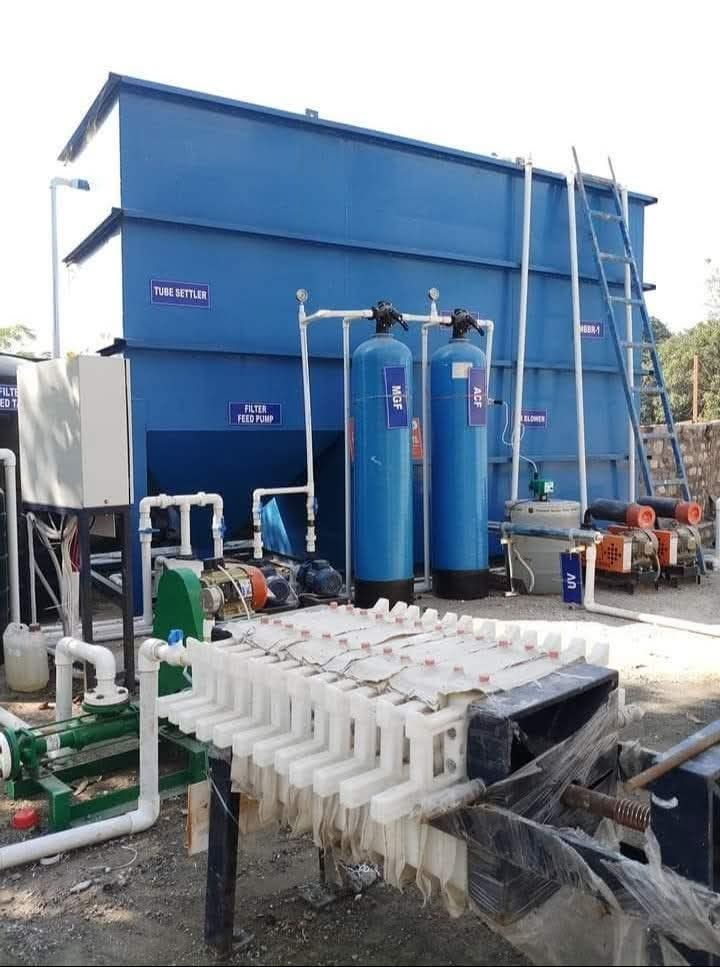About Effluent Treatment Plant
we specialize in designing, manufacturing, and installing efficient and cost-effective Effluent Treatment Plants (ETPs) for various industries. Our ETPs are designed to treat and recycle industrial wastewater, ensuring compliance with regulatory standards and minimizing environmental impact.

Benefits of Our Effluent Treatment Plants
– Effective removal of pollutants, contaminants, and toxins
– High-quality treated water for reuse or discharge
– Reduced wastewater disposal costs
– Compliance with regulatory standards and environmental regulations
– Improved public image and social responsibility
Process of Effluent Treatment Plants !
Following primary treatment, the effluent enters the secondary treatment stage, which focuses on the removal of dissolved organic compounds and nutrients. Biological treatment processes, such as activated sludge, extended aeration, or sequencing batch reactors (SBR), are commonly employed.
In some cases, additional treatment steps, known as tertiary treatment, may be implemented to further improve the effluent quality. Tertiary treatment processes can involve advanced filtration techniques, such as sand filtration, activated carbon adsorption, membrane filtration, or disinfection methods like chlorination or ultraviolet (UV) radiation.
Throughout the treatment process, sludge or solid waste is generated and separated from the liquid phase. Sludge is typically treated separately through processes like dewatering, drying, or anaerobic digestion, aiming to reduce its volume and stabilize its content.
Once the effluent has undergone the necessary treatment stages and meets the required quality standards, it can be discharged into the environment, usually into water bodies or municipal sewer systems. In some cases, effluent may be further treated for reuse in non-potable
Effluent Treatment
Plants are customized based on the specific characteristics of the industrial effluent and
